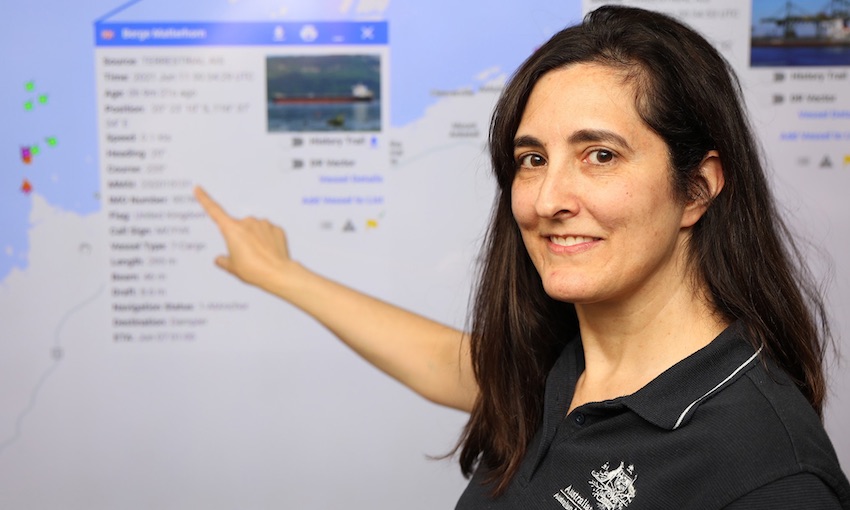AUSTRALIA will have a greater level of search and rescue and maritime safety capability following a new agreement with the United States Department of Transport to access the world’s largest satellite maritime awareness network, the Maritime Safety and Security Information System.
Under a Memorandum of Understanding between the USDOT and the Australian Maritime Safety Authority, Australia can access the real-time, unclassified global network that tracks more than 70,000 vessels and provides countries with a valuable tool for conducting search and rescue operations and identifying vessels for port state control inspection.
More than 75 countries worldwide are currently connected to the MSSIS network.
Developed for the US Navy and Coastguard, the sophisticated system allows countries better control of their maritime environments with capability to track vessels in their exclusive economic zone and identify foreign ships that may present a security, safety or environmental risk.
AMSA executive director response Mark Morrow said AMSA will use the MSSIS as a vessel tracking tool for search and rescue and maritime casualty response.
“The extensive capability within the system will enable AMSA to identify safety, maritime security and environmental risks associated with any vessel within Australian waters and provides a greater level of situational awareness in the event of an incident,” Mr Morrow said.
As part of the agreement, signed in May 2021, AMSA will share Automatic Identification Systems data with the USDOT and, in return, access to the MSSIS network will be available to all Australian government agencies involved in search and rescue, law enforcement and border protection.
“This is a major step forward for improving Australia’s search and rescue, maritime safety, law enforcement and border protection capability,” Mr Morrow said.
“Importantly, the new agreement will also allow better connectivity between countries and regions – including the capability to detect, track and identify information on vessels – and enables Australia to be a data-sharing partner with our international colleagues.”

